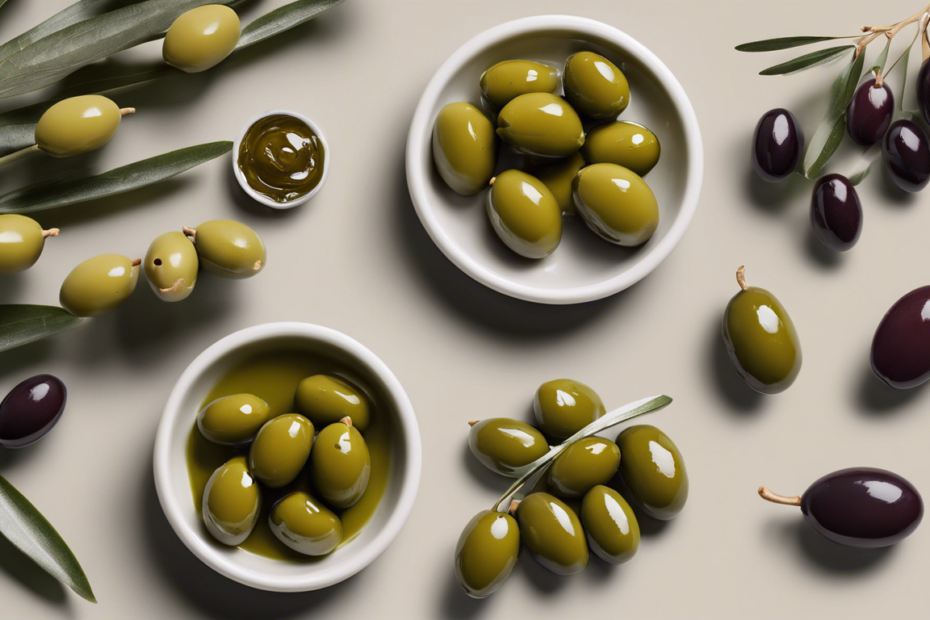Olives are not just a tasty addition to your favorite dishes; they come in a vibrant array of types, each with its own unique flavor profile.
In this article, we’ll take a casual journey through the delightful world of olives, exploring the many varieties you can find.
From savory Kalamatas to buttery Castelvetranos, join us as we uncover the popular types of olives and how to select and use them in your cooking.
